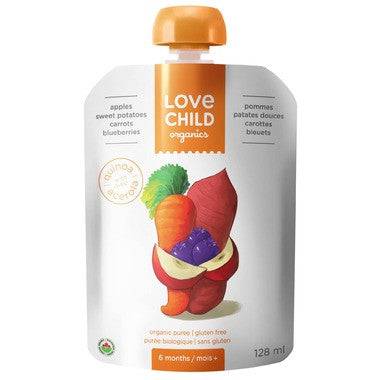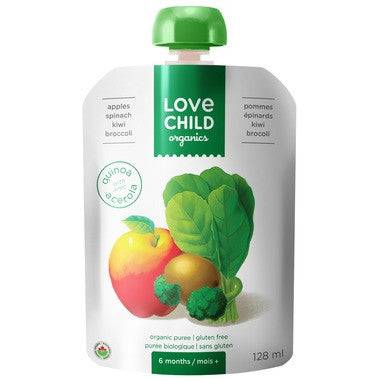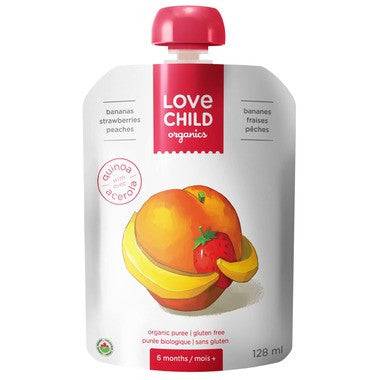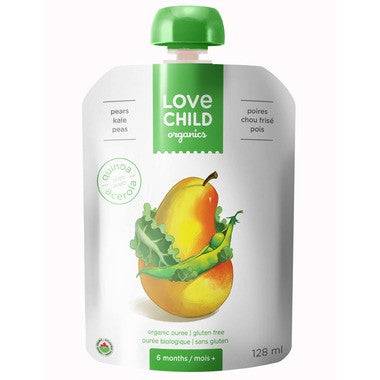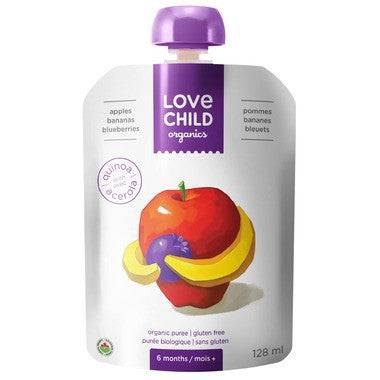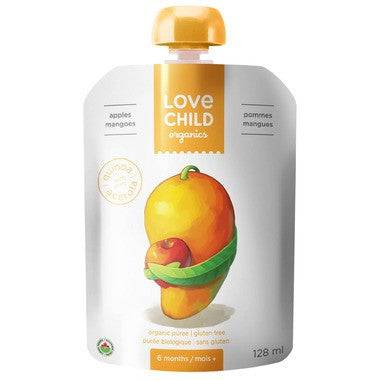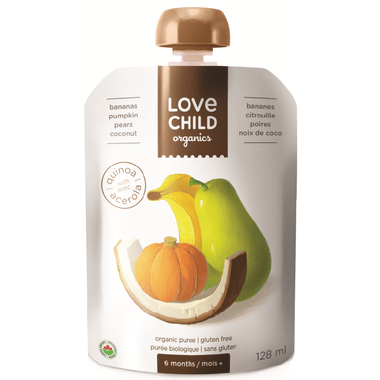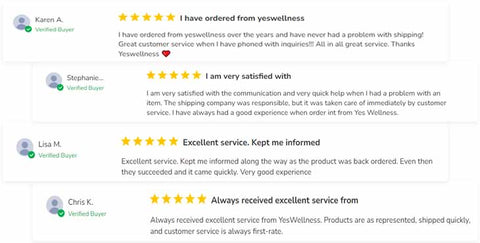Baby food products are specially formulated meals and snacks designed for infants and toddlers. They provide essential nutrients to support a baby's growth and development during the time when they are transitioning from breast milk or formula to solid foods.
Types of Baby Food:
- Puree: A smooth, mashed food made from fruits, vegetables, or meat. Purees are typically the first type of baby food introduced to infants.
- Cereal: A grain-based food often fortified with iron and other essential nutrients. Cereal can be mixed with breast milk, formula, or water to create a thin paste.
- Formula: A cow's milk-based substitute that provides essential nutrients for infants who are not breastfed.
- Snacks: Finger foods or bite-sized pieces designed for toddlers to self-feed. Snacks can be made from various ingredients like fruits, vegetables, grains, and yogurt.
- Pouches: Squeezable pouches containing a single serving of pureed food, convenient for on-the-go meals and snacks.
- Jars: Glass or plastic containers containing baby food, typically used for purees and cereals.
Textures:
- Smooth: Completely homogenous texture with no lumps.
- Chunky: Puree containing small pieces of food.
- Creamy: Smooth texture thicker than milk.
- Mashed: Food crushed or mashed into a coarse consistency.
- Liquid: Thin, pourable consistency.
- Solid: Food that can be held without crumbling.
- Soft: Food easy to chew and swallow.
Flavors:
- Fruits: Popular choices for first foods, offering natural sweetness and a variety of vitamins. Examples include apple, banana, pear, mango, blueberry.
- Vegetables: Provide essential vitamins, minerals, and fiber. Examples include sweet potato, carrot, pumpkin, peas, spinach.
Ingredients:
- Organic: Grown without synthetic pesticides or fertilizers.
- Non-GMO: Not genetically modified.
- Gluten-free: Does not contain gluten, a protein found in wheat, barley, and rye.
- Dairy-free: Does not contain milk or milk products.
- Grain-based: Made from grains like oats, rice, or barley.
- Fruit-based: Made from fruits.
- Vegetable-based: Made from vegetables.
- Protein-rich: Contains a high amount of protein, important for growth and development.
- No added sugar: Does not contain any added sugar.
- Preservative-free: Does not contain any preservatives.
Packaging:
- BPA-free: Made from materials that do not contain bisphenol A (BPA), a chemical linked to health concerns.
- Single-serve: Contains one serving of food.
- Resealable: Can be closed and reopened.
- Eco-friendly: Made from materials that are environmentally friendly.
- Recyclable: Can be recycled after use.
- Convenient: Easy to use and store.
- Travel-friendly: Portable and easy to take on the go.
- Squeeze packs: A type of pouch that can be squeezed to dispense food.
Usage:
- Infant: A baby under the age of 1 year.
- Toddler: A child between the ages of 1 and 3 years.
- First foods: The first foods introduced to an infant, typically purees.
- Stage 1 (beginner): Purees with smooth textures.
- Stage 2 (intermediate): Purees with chunkier textures.
- Stage 3 (advanced): Thicker textures, including mashed foods and finger foods.
- On-the-go: Food that is convenient to take with you when you are out and about.
- Mealtime: Food that can be served as a meal.
- Snack time: Food that can be served as a snack.
- Mix-and-match: Combine different foods to create a variety of flavors and textures.


